Back to Courses
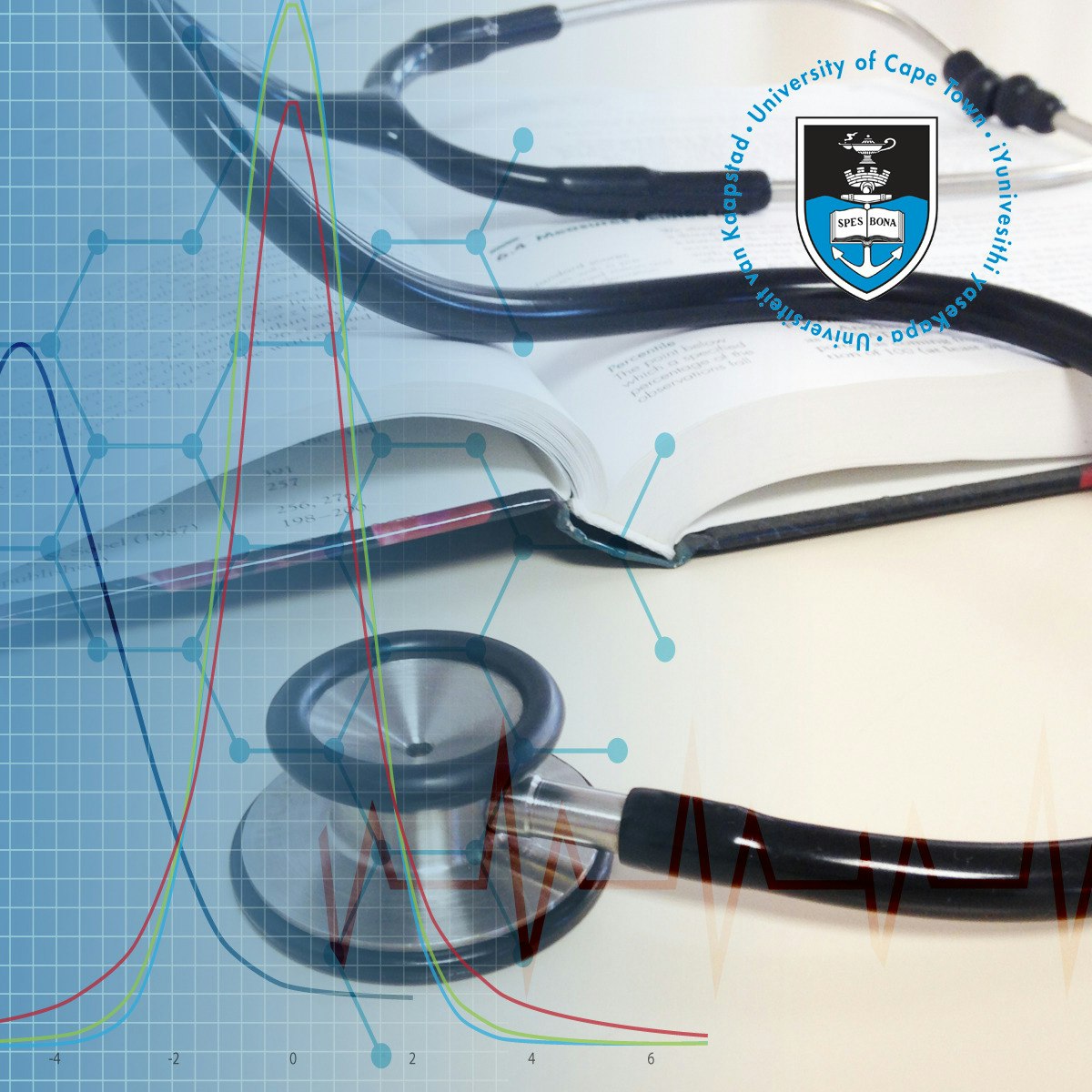

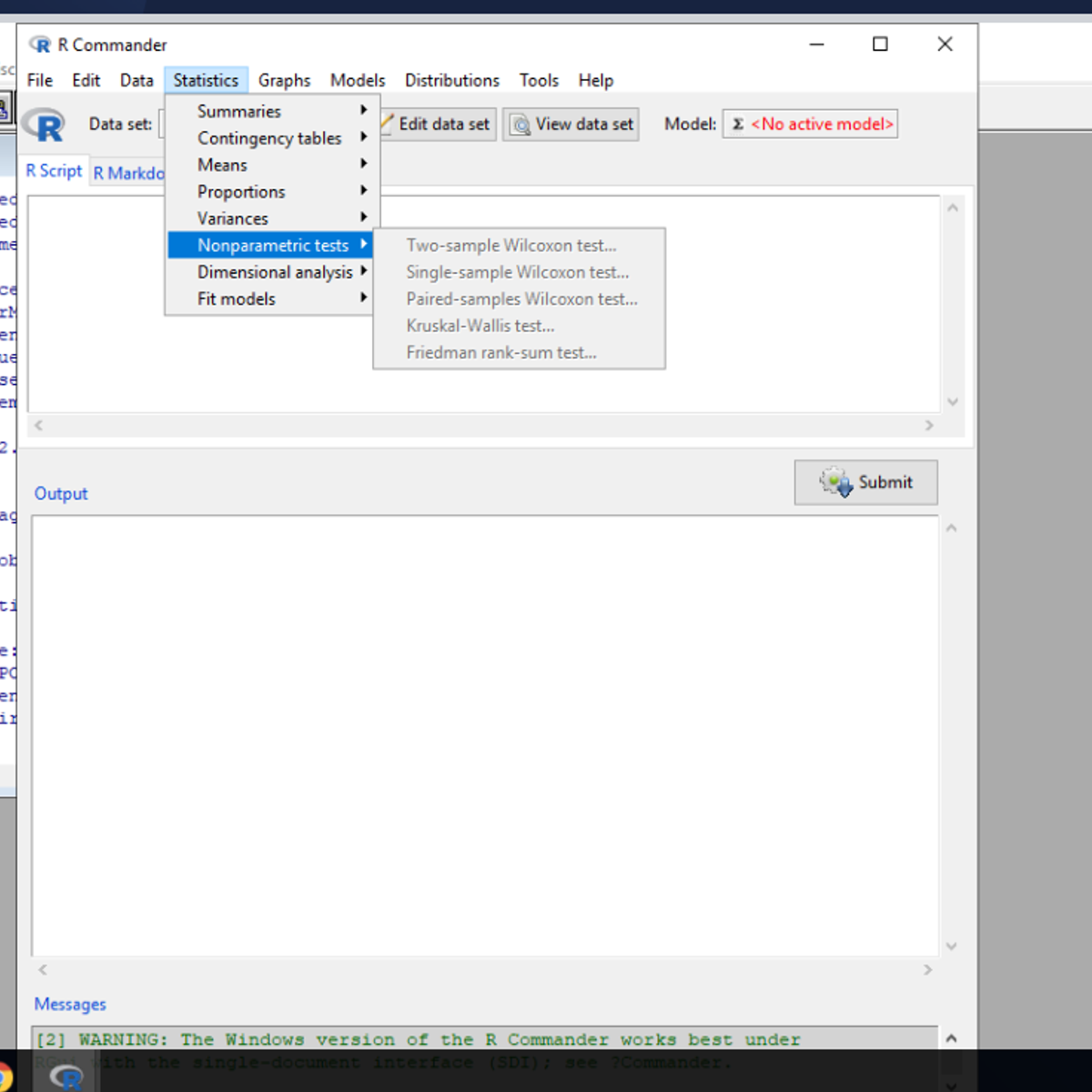
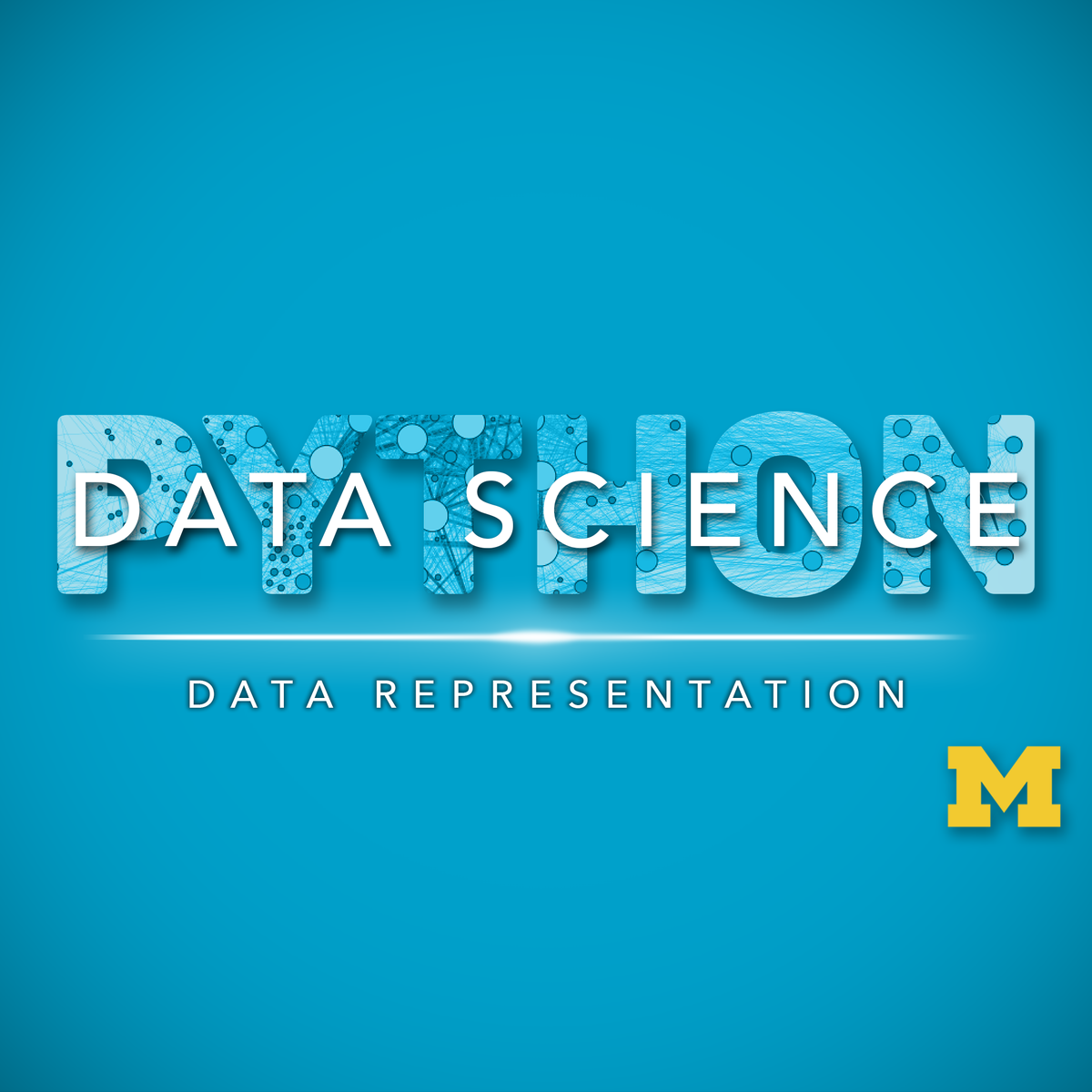
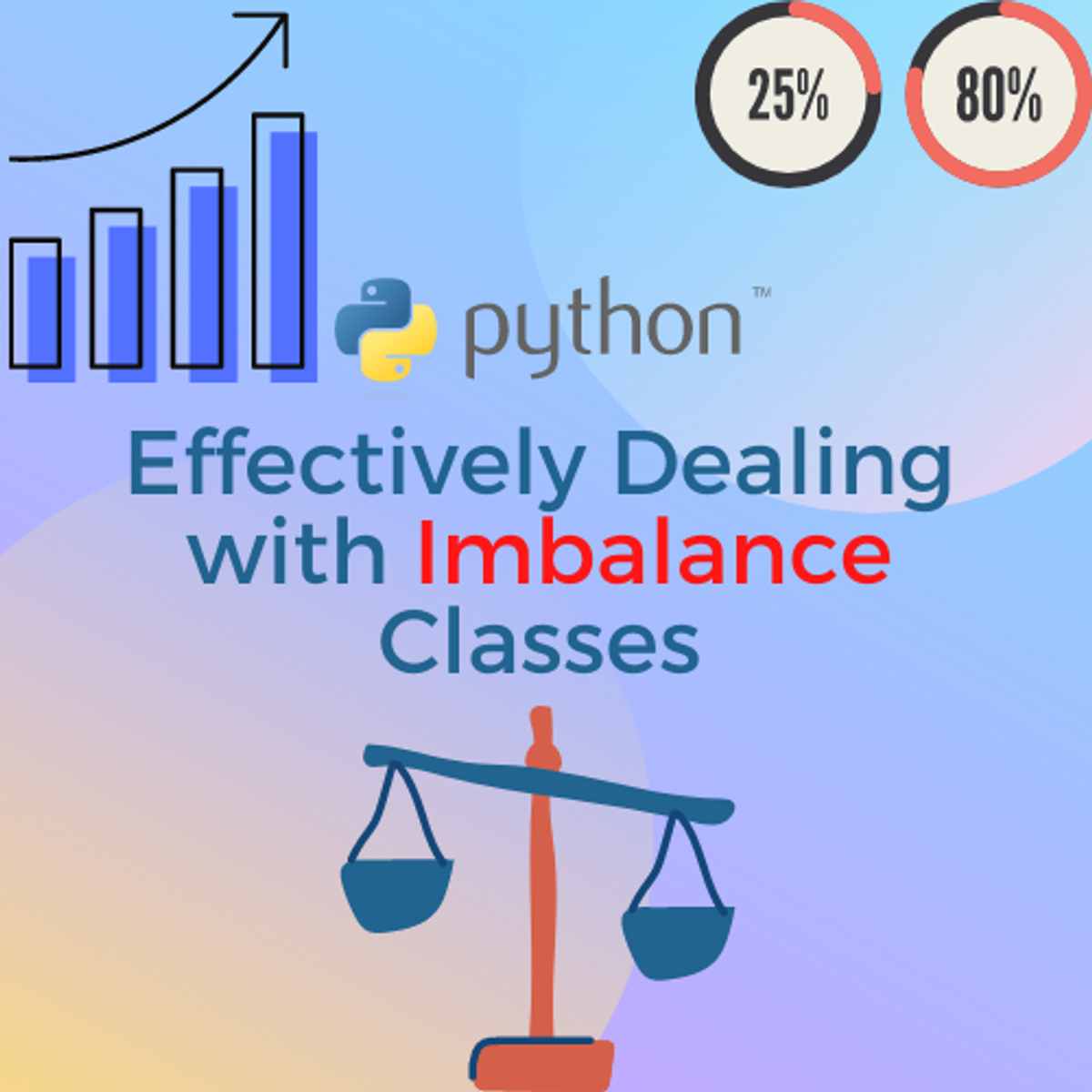

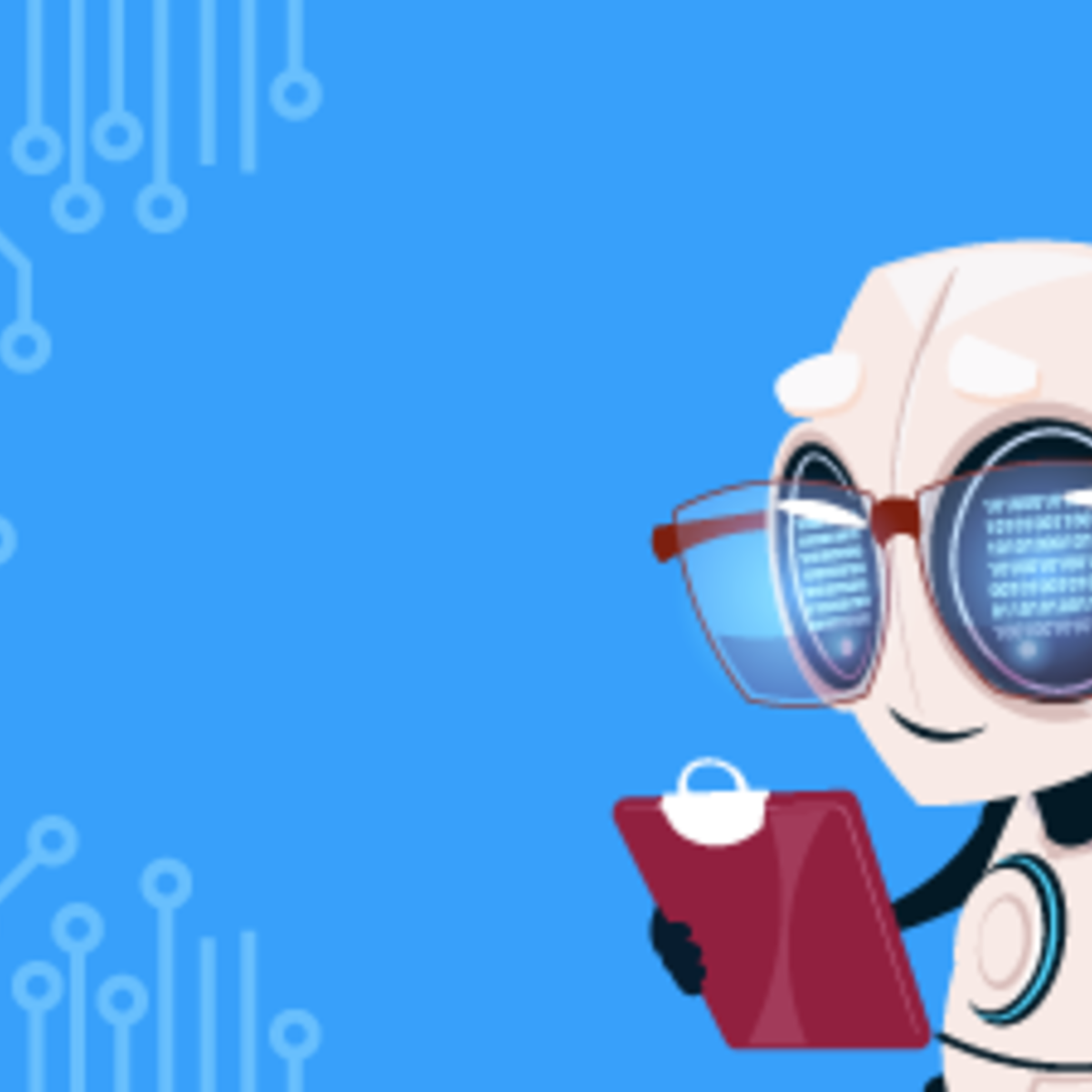


Data Science Courses - Page 117
Showing results 1161-1170 of 1407

Practical Python for AI Coding 1
Introduction video: https://youtu.be/TRhwIHvehR0
This course is for a complete novice of Python coding, so no prior knowledge or experience in software coding is required. This course selects, introduces, and explains Python syntaxes, functions, and libraries that were frequently used in AI coding. In addition, this course introduces vital syntaxes, and functions often used in AI coding and explains the complementary relationship among NumPy, Pandas, and TensorFlow, so this course is helpful for even seasoned python users. This course starts with building an AI coding environment without failures on learners’ desktop or notebook computers to enable them to start AI modeling and coding with Scikit-learn, TensorFlow, and Keras upon completing this course. Because learners have an AI coding environment on their computers after taking this course, they can start AI coding and do not need to join or use the cloud-based services.

Understanding Clinical Research: Behind the Statistics
If you’ve ever skipped over`the results section of a medical paper because terms like “confidence interval” or “p-value” go over your head, then you’re in the right place. You may be a clinical practitioner reading research articles to keep up-to-date with developments in your field or a medical student wondering how to approach your own research. Greater confidence in understanding statistical analysis and the results can benefit both working professionals and those undertaking research themselves.
If you are simply interested in properly understanding the published literature or if you are embarking on conducting your own research, this course is your first step. It offers an easy entry into interpreting common statistical concepts without getting into nitty-gritty mathematical formulae. To be able to interpret and understand these concepts is the best way to start your journey into the world of clinical literature. That’s where this course comes in - so let’s get started!
The course is free to enroll and take. You will be offered the option of purchasing a certificate of completion which you become eligible for, if you successfully complete the course requirements. This can be an excellent way of staying motivated! Financial Aid is also available.

Learn C++ Functions
In this 1-hour long project-based course, you will (learn and understand C++ functions, Develop console applications using C++ functions).
C++ is a great programming language and rich in functions.
We will learn and understand C++ functions , mainly we focus on user defined functions and by the end of this project you will be able to create basic console applications using C++ functions.
Note: This course works best for learners who are based in the North America region. We’re currently working on providing the same experience in other regions.

Non parametric Tests using R Cmdr
In this project , you will learn how to conduct non parametric tests using Rcmdr. Non parametric tests are powerful tests which are conducted when underlying assumptions are not met in the data . After completing the project, you will be able to apply the appropriate test for the right data set. You will also learn how to do it in an easy to use Rcmdr.

Applied Plotting, Charting & Data Representation in Python
This course will introduce the learner to information visualization basics, with a focus on reporting and charting using the matplotlib library. The course will start with a design and information literacy perspective, touching on what makes a good and bad visualization, and what statistical measures translate into in terms of visualizations. The second week will focus on the technology used to make visualizations in python, matplotlib, and introduce users to best practices when creating basic charts and how to realize design decisions in the framework. The third week will be a tutorial of functionality available in matplotlib, and demonstrate a variety of basic statistical charts helping learners to identify when a particular method is good for a particular problem. The course will end with a discussion of other forms of structuring and visualizing data.
This course should be taken after Introduction to Data Science in Python and before the remainder of the Applied Data Science with Python courses: Applied Machine Learning in Python, Applied Text Mining in Python, and Applied Social Network Analysis in Python.

Effectively Dealing with Imbalance Classes
In this 2 hour guided project you will learn how to deal with imbalance classification problems in a profound manner, applying several resampling strategies and visualizing the effects of resampling on imbalance classification dataset.
Note: This project works best for learners who are based in the North America region. We’re currently working on providing the same experience in other regions.

Real-time data visualization dashboard using Node-red
At the end of this project you are going learn how to create an real-time data visualization dashboard using node-red. so in this project we are going to use openAQ API which is an open source API sharing real-time air quality data related to different cities around the globe. we are going to fetch this
data, preprocess it and visualize it using node-red. Therefor, as a very important prerequisite you should have a basic knowledge of node-red. if you don’t have any experience using node-red I recommend to attend my guided project course on introduction to node-red on Coursera.

Building AI Applications with Watson APIs
A learner will be able to write an application that leverages multiple Watson AI services (Discovery, Speech to Text, Assistant, and Text to Speech). By the end of the course, they’ll learn best practices of combining Watson services, and how they can build interactive information retrieval systems with Discovery + Assistant.

Twitter API: Mining Data using Orange Data Mining Platform
In this one hour long project, you will mine, analyze and visualize various trending tweets using Word Cloud, Heat map, Document Map and perform sentiment analysis using Orange. Orange is an open-source data visualization, machine learning and data mining toolkit. Without any prior programming experience, Orange allows you to mine Twitter. If you are a corporate employee, marketer, or even a student who wants to explore how to mine tweets, Orange is the best platform for it.
We will begin this guided project by creating a Twitter developer account and applying for elevated access. We will create an app within the Twitter developer portal and get its API keys and then use these API keys to connect to Orange data mining software. We will fetch tweets about trending topics and create a Word-cloud for text visualization and Documents map to get Geo-location data about trending tweets. In the final tasks, we will perform sentiment analysis and explore the emotions behind each tweet using the Tweet Profiler widget. We will also create a Heat-map to understand the overall sentiment of a trending topic.
In order to complete this project successfully, you need a Twitter account.

Industrial IoT Fundamentals on AWS
Proficient technologists working on the Industrial IoT vertical use lots of technologies and methods to control, manage and get information from the IoT devices. So, there are assembly lines and industrial aspects that needs to take into consideration when talking about IoT when used in an industrial scale.
The story we are going to tell is about an individual who is new to that industry and got hired by a company who is planning to adopt to Industry 4.0 standards in next 3 years, the company is already familiar with some AWS services and already uses it for some other projects, such as their website and other workloads, so it makes sense for them to explore IIoT capabilities on AWS as well.
The company got into a multi-year partnership with AWS to help them transform and innovate, the company is also hiring lots of people with IoT and Cloud background, preferably with industrial exposure. As today, the company hired Engineers and Architects, but they have limited industrial experience. The company plans to up-skill their existing workforce of industrial engineers with Cloud knowledge to expand their resource pool over time, and due to this workforce, there is a clear knowledge gap on how to build an edge to cloud continuum from factories to cloud today.
The course will help individuals on being on par with what’s new, and best practices used to perform well in a given role like that.
Popular Internships and Jobs by Categories
Browse
© 2024 BoostGrad | All rights reserved


